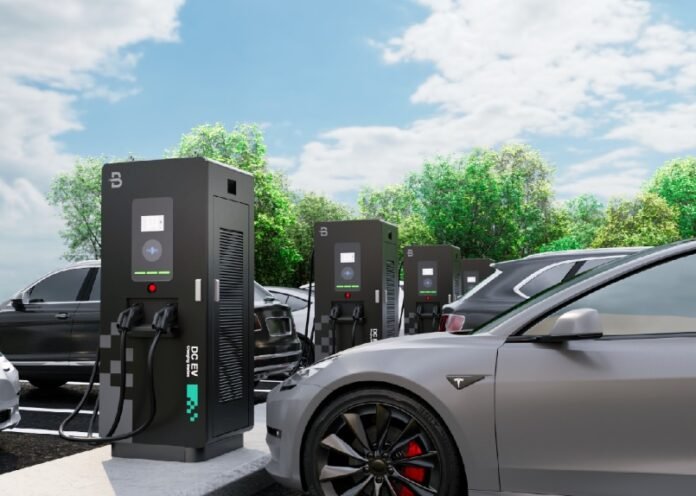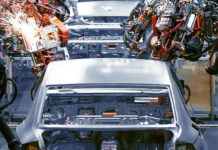The “Roland Berger Automotive Outlook 2040” outlines the rapid transformation anticipated for the global automotive industry, driven primarily by market shifts, electrification, and technological advances. China’s automotive sector is positioned to lead this evolution, capitalizing on both high sales volume and increased regional influence. While Western markets like Europe and North America have reached their saturation point for new vehicle sales, China and the Global South are projected to continue substantial growth, collectively accounting for 60% of the global market by 2040. Electrification is a critical component of this shift, with battery electric vehicles (BEVs) expected to dominate new car sales worldwide by the end of the forecast period. Alongside electrification, increased automation and connectivity in vehicles signal a new era where software takes precedence over hardware, reshaping value chains and compelling established automakers to adapt strategically.
The report emphasizes four major trends shaping the industry’s future: polarization, automation, connectivity, and electrification. Western markets, having reached “peak auto,” will likely stagnate or decline, though their substantial market size will still offer opportunities for growth, particularly in advanced mobility solutions. By contrast, China and other emerging economies are predicted to witness higher vehicle registration rates and revenue growth. Shared mobility, once thought to significantly alter personal vehicle sales, is now expected to have only a limited impact due to its popularity mainly in large urban centers. However, the unstoppable rise of electric vehicles, with the potential for BEVs to comprise up to 71% of global new car sales, reinforces the need for all regions to adapt, with Europe possibly achieving full electrification within the next decade.
Lastly, Roland Berger’s analysis presents two scenarios concerning market dominance in 2040. In the more pessimistic scenario, Chinese original equipment manufacturers (OEMs) gain substantial global market shares, capturing up to 75% of their domestic market and establishing a stronghold in both Europe and North America. In a more optimistic scenario, Western OEMs secure a notable share of market growth by leveraging their established brands, robust distribution networks, and investments in technology. By embracing standardized hardware and software platforms, Western companies may regain cost competitiveness, potentially leading to a balanced global market. Both scenarios underscore the critical need for Western automakers to innovate and streamline operations to counter the rise of Chinese OEMs and seize growth opportunities amid profound industry changes.







